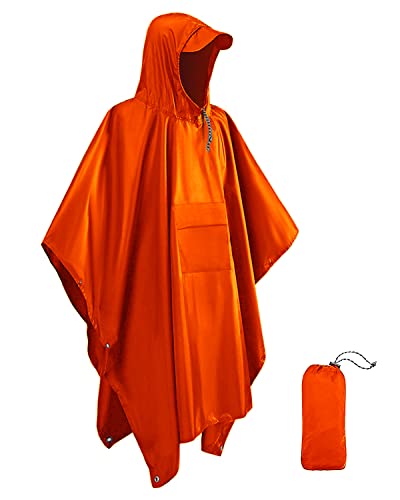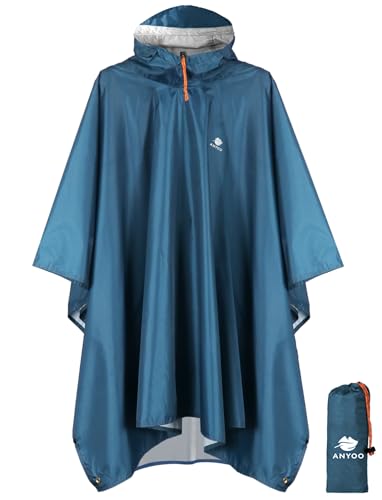Where do ponchos originate from?
Ponchos are a unique garment that has been worn by various cultures around the world for centuries. While the exact origin of the poncho is difficult to pinpoint, it is believed to have originated in South America and has since spread to other parts of the world. In this article, we will explore the fascinating history of the poncho and its cultural significance.
The origin of the poncho
The poncho has its roots in the indigenous cultures of South America, particularly in the Andean region. It is believed that the garment was first worn by the native peoples of the Andes, such as the Aymara and Quechua, who lived in the mountainous regions of what is now Peru, Bolivia, and Ecuador. The poncho was a practical and versatile garment that provided protection from the harsh weather conditions of the Andes.
The original ponchos were made from locally sourced materials such as alpaca and llama wool, which were abundant in the region. These materials were woven into intricate patterns and designs that were unique to each community. The patterns often reflected the cultural and spiritual beliefs of the people and were passed down through generations.
The spread of the poncho
As European explorers and conquistadors arrived in South America in the 16th century, they encountered the indigenous people wearing ponchos. The Spanish colonizers were impressed by the practicality and functionality of the garment and recognized its potential for use in their own expeditions and military campaigns.
The popularity of the poncho quickly spread among the Spanish colonizers, who adopted it as part of their own attire. The Spanish-style ponchos were often made from finer materials such as silk or wool and were embellished with intricate embroideries and fringe. The poncho became a symbol of status and wealth and was worn by Spanish nobility and military officers.
The poncho in modern times
Today, the poncho has become a popular fashion item around the world. It has been embraced by various cultures and adapted to suit contemporary styles. In addition to its aesthetic appeal, the poncho is prized for its practicality and versatility.
In South America, the poncho continues to be an important part of traditional dress, particularly among indigenous communities. It is often worn during cultural celebrations and festivals to showcase cultural identity and heritage. The weaving techniques and designs used in traditional ponchos have been preserved and passed down through generations, ensuring the continued appreciation and preservation of this cultural tradition.
The cultural significance of the poncho
Throughout its history, the poncho has held cultural and symbolic significance for the people who wear it. In addition to its practical uses as a protective garment, the poncho is often associated with notions of identity, community, and heritage.
In indigenous cultures, the poncho is seen as a symbol of pride and connection to the land. The patterns and designs woven into the fabric often represent elements of nature and spiritual beliefs. By wearing a poncho, individuals can demonstrate their cultural heritage and celebrate their ancestry.
Furthermore, the poncho has become a symbol of resistance and cultural pride for indigenous communities who have faced centuries of colonization and marginalization. By embracing traditional dress and preserving the traditions associated with the poncho, these communities assert their cultural resilience and continue to pass down their heritage to future generations.






